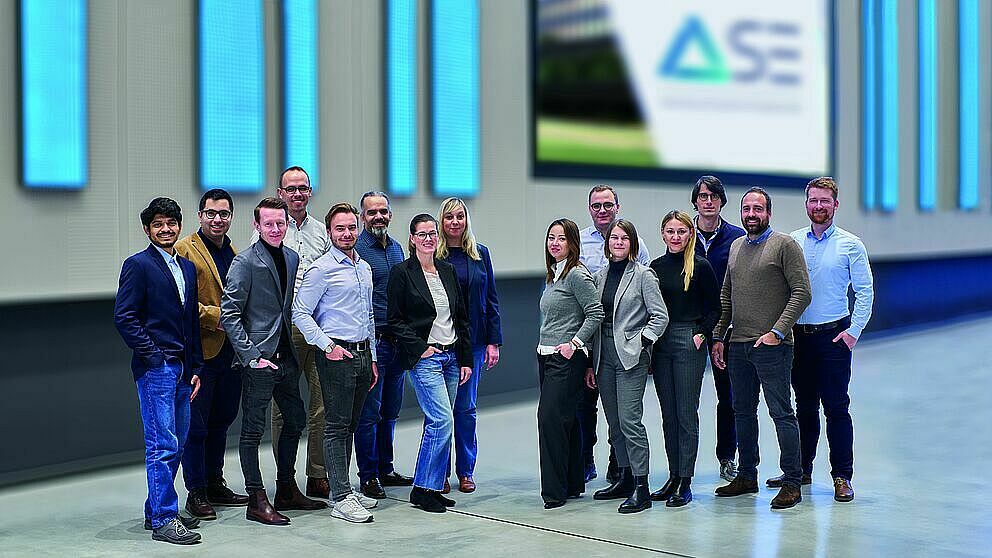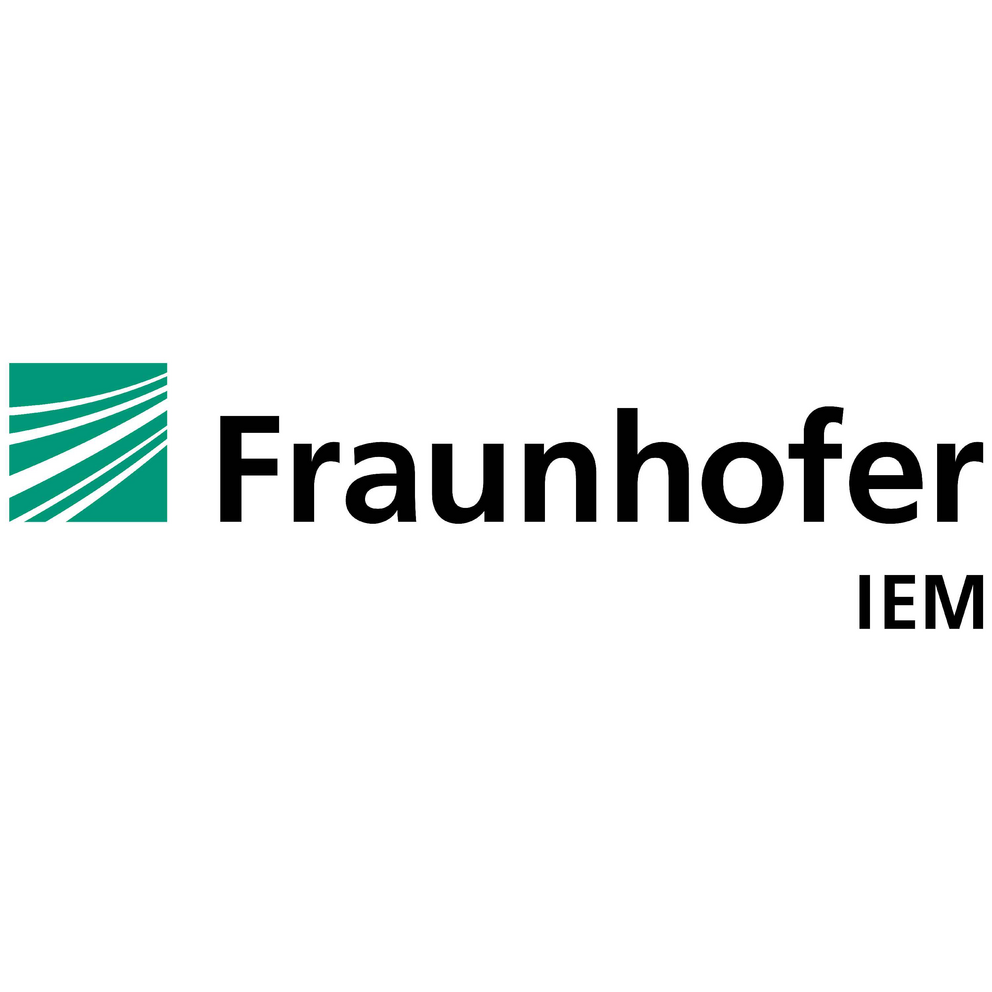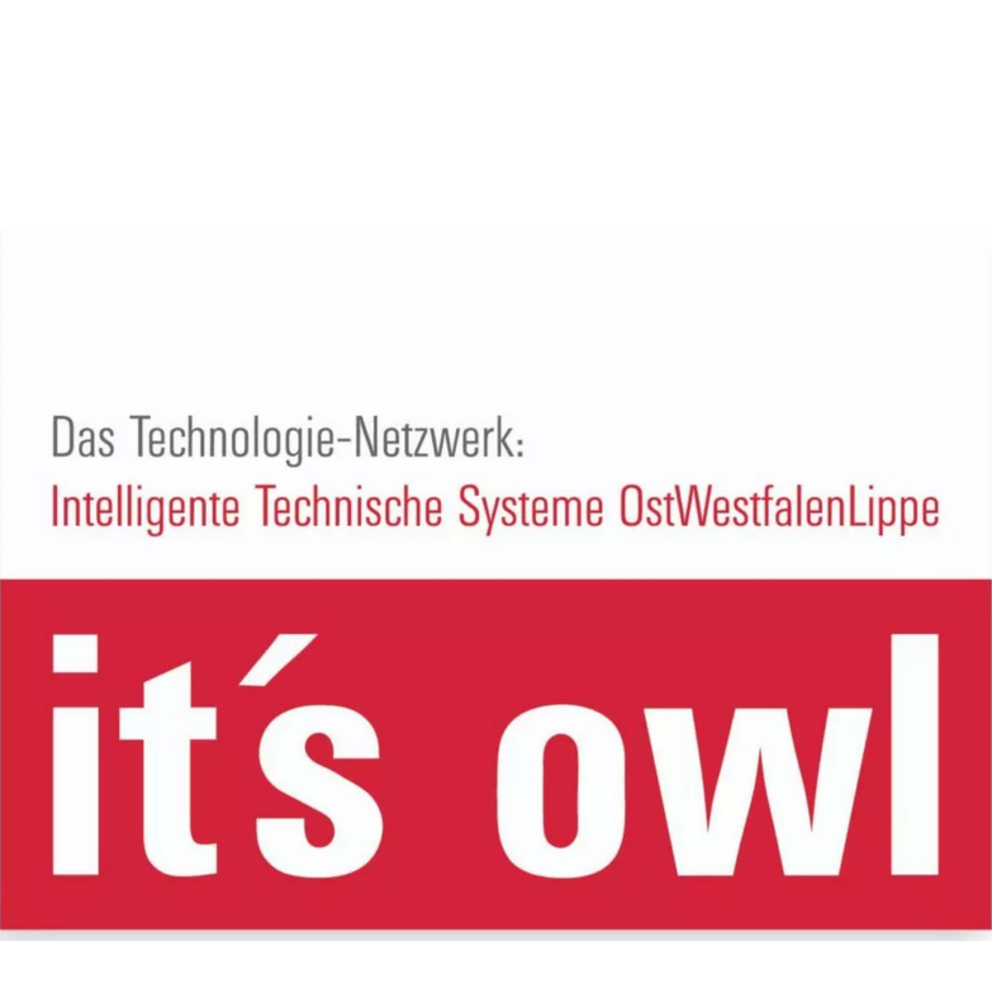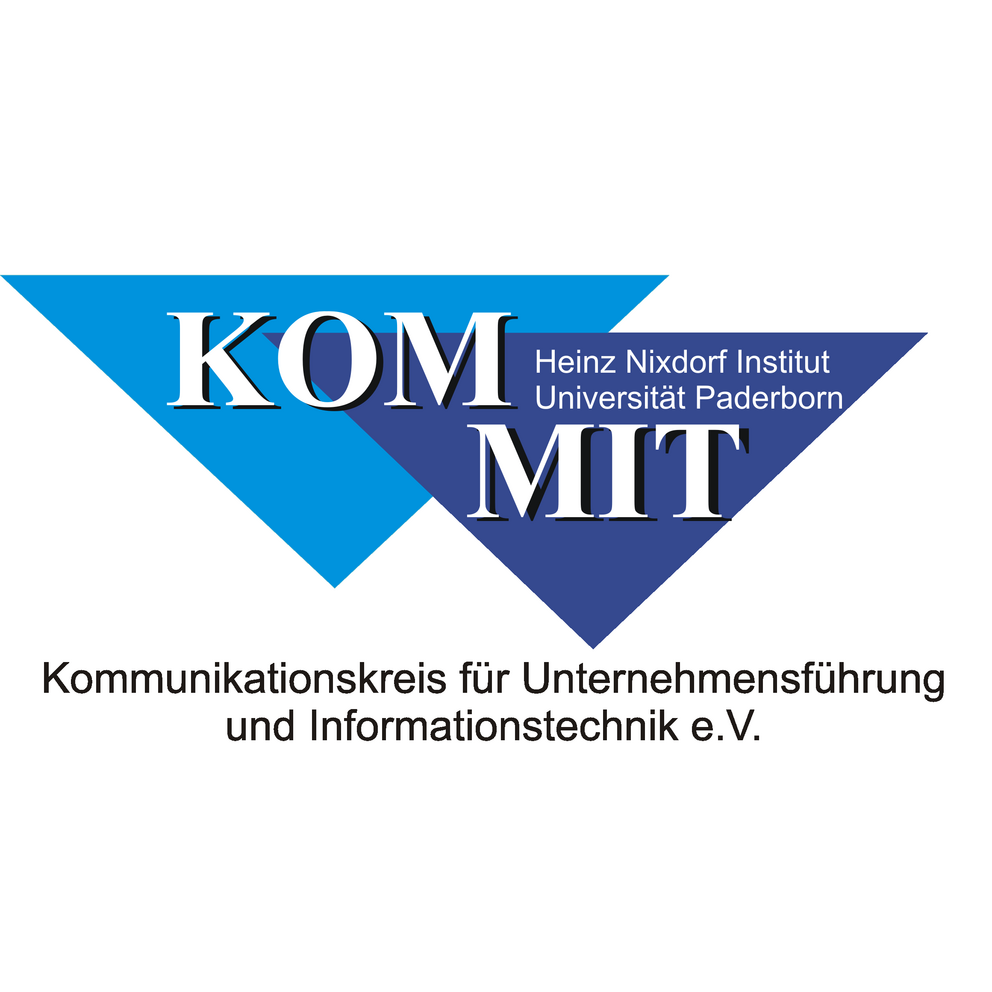Advanced Systems Engineering
Advanced systems engineering describes a new school of developing the intelligent technical systems of tomorrow.
Digitalisation is regarded as the outstanding driver of change today. It is creating fascinating potential benefits for industry, but digitalisation is also changing the market services of tomorrow and the way in which they are developed. More than ever, the overarching interplay of specialised disciplines such as electronics, IT and mechanical engineering is crucial. At the same time, the four main tasks of product development - strategic product planning, product development, service development and production system development - need to be closely coordinated and driven forward on a cross-disciplinary basis. Traditional development methods quickly reach their limits when developing the systems of tomorrow. More...
Offers for companies
Our research is characterised by a high degree of practical orientation. We are happy to make our research results and expertise available to interested companies within the framework of collaborations. What all formats have in common is that we want to create concrete added value for your company together with you. Our topics revolve around innovation, development and design of products, services and systems as well as strategies, business models and corporate structures. We are currently focussing in particular on the circular economy, data sharing, smart products & services and AI in engineering.
References
Research
About us
Teaching
Symposium for Foresight and Technology Planning 2024
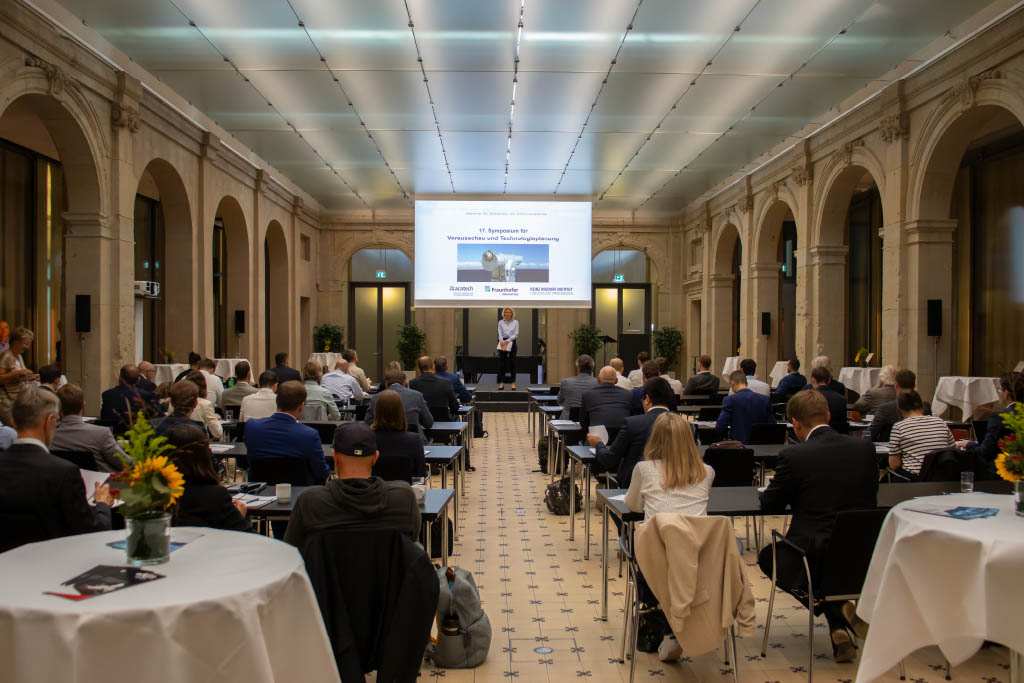
A forum for strategists at a high level
December 5 & 6 | Berlin
More than ever, strategic competence is essential, i.e. recognizing tomorrow's potential for success at an early stage and exploiting this potential in good time.
The event offers a sophisticated forum in which experts from industry and science can present and discuss their work and exchange experiences.









